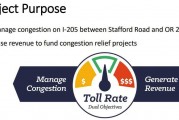Vehicle traffic paying tolls down 34 percent may serve as ‘caution’ for Oregon tolling plans
People have returned to driving their cars and commuting to work in the Puget Sound. Yet that hasn’t translated into dollars on the state’s toll roads. This may be a caution for Oregon and Interstate Bridge officials seeking to toll regional roads to pay for transportation.
Members of the Washington State Transportation Commission (WSTC) got an update on tolling revenues today as part of their quarterly two-day meeting. Clark County resident Roy Jennings chairs the WSTC. He is a former C-TRAN bus driver and union member on the C-TRAN Board of Directors.
The pandemic lockdown has caused traffic levels to drop significantly around the nation, here in the Portland metro area, and in the Puget Sound. That traffic decline in turn has caused significant declines in tolling revenues on the state’s tolling systems. “When you have less traffic in an express toll lane, our average toll rates were low and continue to be lower,” said Ed Barry, director of WSDOT’s tolling division.
Overall, the WSTC is forecasting long term declines in forecast revenues for the rest of the decade. Compared to pre-pandemic forecasts, the WSTC is predicting a revenue drop by $523 million through the 2029 biennium. That’s an 18 percent decline in tolls and fees. Tolling revenues are forecast to be down $464 million over the decade.
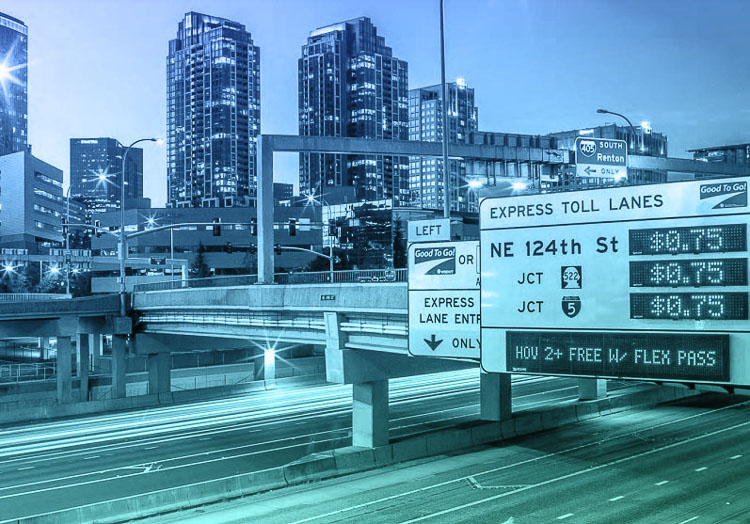
This information is of critical importance to Southwest Washington citizens because the Interstate Bridge Replacement (IBR) program is counting on tolling revenues to finance part of the $3.2 billion to $4.8 billion project. In November 2019, Governors Jay Inslee and Kate Brown signed a memorandum restarting the Interstate Bridge effort and specified tolling be included.
In the failed Columbia River Crossing (CRC) project, tolling was expected to cover roughly $1.4 billion in borrowed funds, of the $3.5 billion price tag. Yet presently, Washington and Oregon are expecting to receive at least $14 billion in federal funds from the $1.2 trillion Infrastructure Investment and Jobs Act (IIJA) President Joe Biden signed in January. The Washington State Legislature recently allocated $1 billion in state funding, so citizens might wonder what is the need for tolls?
Some estimates indicated that 60 percent of the tolls would be paid by Clark County and Southwest Washington residents who commute to work in Oregon. The $2,000 or more in annual individual cost was deemed excessive for low income workers.
Portland metro area residents are concerned because the Oregon Transportation Commission is moving forward with tolling to pay for the I-205 Abernethy Bridge project and then the I-5 Rose Quarter project. Additionally, ODOT is working with the city of Portland officials who want congestion pricing on regional roads in an effort to reduce private automobile use.
This is a significant concern to the roughly 75,000 Clark County residents who commute to Oregon for work. The Vancouver City Council has raised concerns about the inequity of having their citizens pay tolls for Oregon’s transportation infrastructure. Monday evening, Councilor Bart Hansen urged the council to either abstain or vote “no” at a Metro meeting later this week on tolling.
A decade of lower tolling revenues
Washington has five separate tolling facilities. The largest revenue declines have been on the SR-520 bridge from downtown Seattle across Lake Washington, which projects a $190 million 10-year drop. The I-405 Express Toll Lanes (ETL) are forecast to drop by an even larger $226 million over the decade.
All vehicles using the SR-520 bridge pay a toll, whereas the I-405 ETL usage is voluntary. People have the option of driving in the free “general purpose” lanes to avoid paying variable rate tolls. The maximum toll on I-405 has been set by the legislature at $10.
The worst performing corridor is I-405. There was no reason for drivers to buy into an express lane when the regular lanes were moving just fine at normal freeway speeds. Toll revenues are off 72 percent, or nearly $43 million, on I-405.
“In comparison, you can still see we’re well below pre-COVID forecasts,” said Barry. He noted total tolling transactions are down 34 percent, or over 44 million transactions.
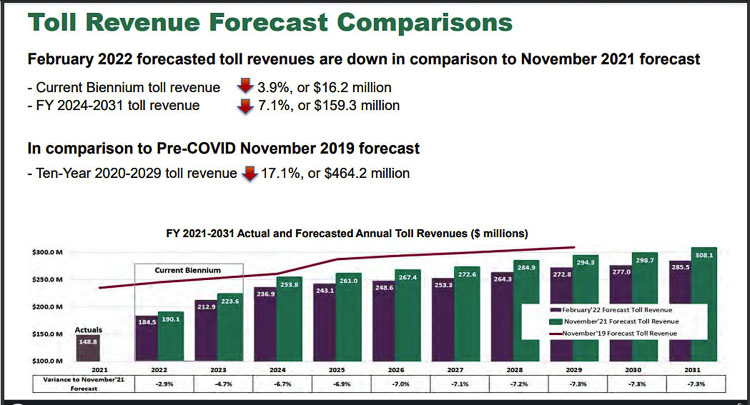
Overall, it was noted much of highway traffic has recovered to near pre-pandemic levels. Highway traffic is down just 6 percent. Ferry system ridership is down much more significantly at 33 percent. Passenger rail ridership on Amtrak is down 53 percent.
The Tacoma Narrows Bridge is in reality two separate bridges, like the Interstate Bridge. The second bridge was constructed in 2007 to address growing traffic demand. It is 5,979 feet long, provides 187.5 feet of clearance below for marine traffic and has eight total lanes.
The new four-lane bridge cost $849 million, part of which was financed with tolls. It carries over 90,000 vehicles a day according to WSDOT. Some of that money went to upgrade the older bridge as well.
The tolls were implemented to pay for the addition of a second bridge in 2007. The legislature recently debated spending $130 million to reduce tolls on the Tacoma Narrows bridge in response to citizen complaints. The legislation failed to gain the approval of the democrat majority.
The WSTC was also briefed on the need to replace the Tacoma Narrows bridge tolling facility. It collects tolls on one direction of travel (southbound). The facility was opened 15 years ago. Officials had no cost estimate for the replacement.
Due to the pandemic, the legislature has had to bail out the WSDOT tolling facilities. Revenues did not cover the cost of collection. Pre-pandemic, the I-405 ETL facilities had a 43 percent cost of collection. When travel demand declines and tolling revenues drop, the bond holders must be paid, so the legislature tapped other funds.
Last summer, the WSTC voted to raise tolls by 15 percent on Oct. 1 for Seattle’s SR 99 tunnel, and an average of 15 percent on SR-520 beginning July 2023. For the Tacoma Narrows Bridge, the commission raised the toll by 25 cents beginning last October.
During the presentation, they were asked “total revenues were down $158 million. What was the cost of collection for the same period of time?” Barry didn’t know and promised to get back to the WSTC with an answer. He also didn’t know how much “net” revenue WSDOT received for transportation projects in light of the $158 million decline.
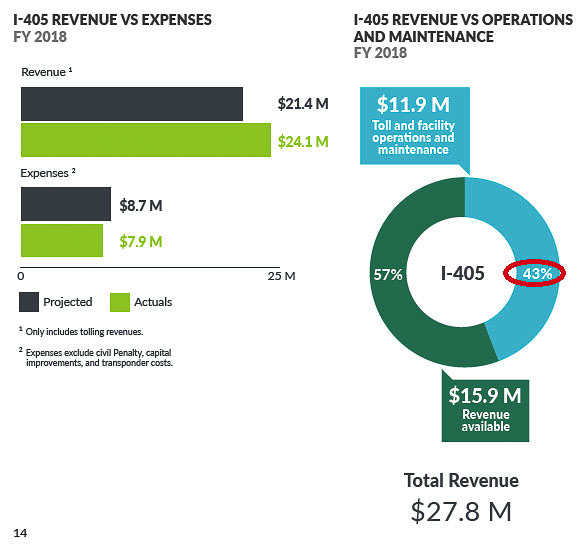
The WSTC released a Low Income Tolling Study last year. It was created to address equity concerns for low income residents. “The advancement of such programs are a necessary step in the evolution of our state’s taxation and revenue generation structures,” Chair Jennings said last summer.
The low income program could reduce tolling revenues by up to 20 percent, depending on assumptions for plan participation and system revenues.
Bottom line for local officials, relying on tolling revenues to pay for a replacement Interstate Bridge or for the Abernethy Bridge or Rose Quarter projects may be problematic.
Also read:
Governors of Oregon and Washington sign agreement over Interstate 5 Bridge replacement
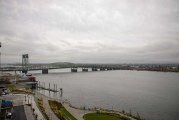
$14 billion in federal funds for ‘infrastructure,’ but ODOT plans to continue to seek tolls

Bridges for less than $1 billion built in the 21st century
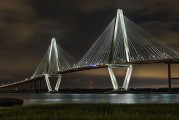
Legislature debates $130 million toll reduction measure for Tacoma Narrows Bridge
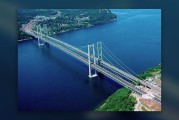
Low Income Tolling Program study released by WSTC
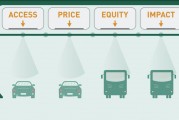
Washington state tolling revenues fall precipitously due to pandemic
